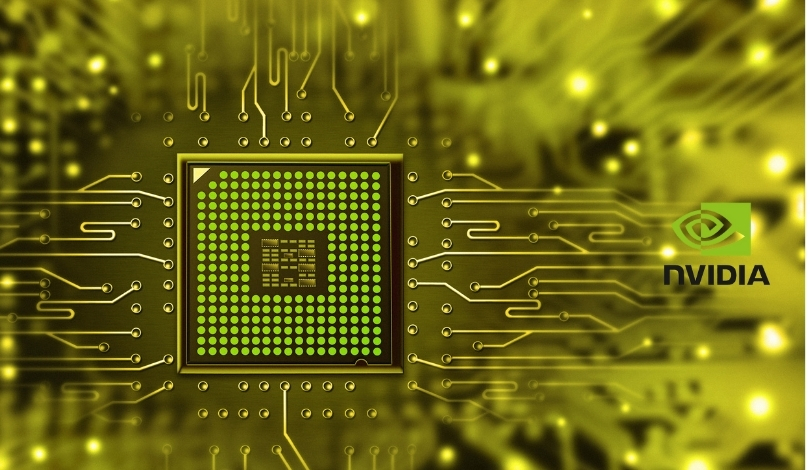Nvidia is reportedly discontinuing the production of its RTX 4000 series graphics processing units (GPUs), signaling a strategic pivot towards the development of the upcoming RTX 5000 series. This move may reflect the company’s efforts to innovate and stay competitive in the rapidly evolving GPU market. Analysts believe that prioritizing the RTX 5000 series could enhance Nvidia’s technological edge and meet increasing consumer demands for more powerful graphics solutions.
Historically, Nvidia has periodically updated its GPU lineup to incorporate the latest advancements in technology and performance. Previous transitions between GPU generations have been marked by increased processing power and improved energy efficiency, catering to both gamers and professionals. The current shift from the RTX 4000 to the RTX 5000 series appears consistent with Nvidia’s pattern of continuous improvement and market adaptation.
What Factors Led Nvidia to Stop RTX 4000 Production?
The decision to halt RTX 4000 production likely stems from the desire to allocate resources towards more advanced technologies embodied in the RTX 5000 series. Market trends indicate a growing demand for higher performance GPUs, especially in sectors like artificial intelligence, machine learning, and virtual reality. By focusing on the RTX 5000 series, Nvidia aims to address these emerging needs and maintain its leadership position in the GPU industry.
How Will the RTX 5000 Series Differ from Its Predecessors?
The RTX 5000 series is expected to feature significant upgrades over the RTX 4000 series, including enhanced processing capabilities, better energy efficiency, and advanced features such as improved ray tracing and AI-driven performance enhancements. These improvements will likely make the RTX 5000 series more suitable for demanding applications and future-proof Nvidia’s GPU offerings against emerging technological challenges.
What Impact Will This Shift Have on Consumers and the Market?
Consumers can anticipate more powerful and efficient GPUs with the introduction of the RTX 5000 series, which may lead to improved performance in gaming, content creation, and professional computing tasks. Market competition may intensify as Nvidia’s enhanced offerings set new standards for performance and innovation. Additionally, this shift could influence pricing strategies and availability of previous GPU models as the focus moves to newer technology.
This transition underscores Nvidia’s commitment to advancing GPU technology and responding to market demands for higher performance and efficiency. By prioritizing the development of the RTX 5000 series, Nvidia positions itself to better serve both existing and new customer bases, ensuring sustained growth and relevance in a highly competitive industry. Consumers and industry stakeholders will be closely watching the release of the RTX 5000 series, anticipating its impact on the future of GPU technology.










